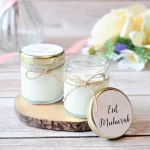A Hoosier cabinet is not only a beautiful piece of furniture but also a practical storage solution for dishes and kitchenware. However, organizing dishes in a Hoosier cabinet can be challenging without a proper system in place. In this essay, we will explore effective strategies for organizing dishes in a Hoosier cabinet, ensuring easy access, maximum storage capacity, and an aesthetically pleasing arrangement. From sorting by size and type to utilizing storage accessories, these tips will help you maintain a neat and efficient dish organization in your Hoosier cabinet.
Assessing Your Dish Collection
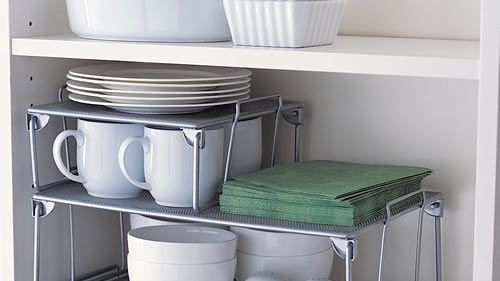
- Sort by Size: Begin by sorting your dishes based on size. Group together dinner plates, salad plates, bowls, and other dish types to determine their dimensions and space requirements.
- Declutter: Take this opportunity to declutter and get rid of any chipped, cracked, or mismatched dishes that you no longer use or need.
Utilizing Cabinet Space
- Adjust Shelves: Most Hoosier cabinets come with adjustable shelves, allowing you to customize the interior space to accommodate your specific dish collection. Adjust the shelves to fit the height of your plates and bowls.
- Plate Racks: Consider installing plate racks on the cabinet shelves to hold your plates vertically. This not only maximizes space but also prevents plates from sliding or scratching against each other.
- Bowl Stacking: Stack bowls of the same size together to save space. Place the largest bowls at the bottom and work your way up, ensuring stability and easy access to each size.
Organizing by Type
Organizing your dishes by type is a practical approach that allows for easy access and a streamlined organization system. Here are some key points to consider when organizing your dishes by type:
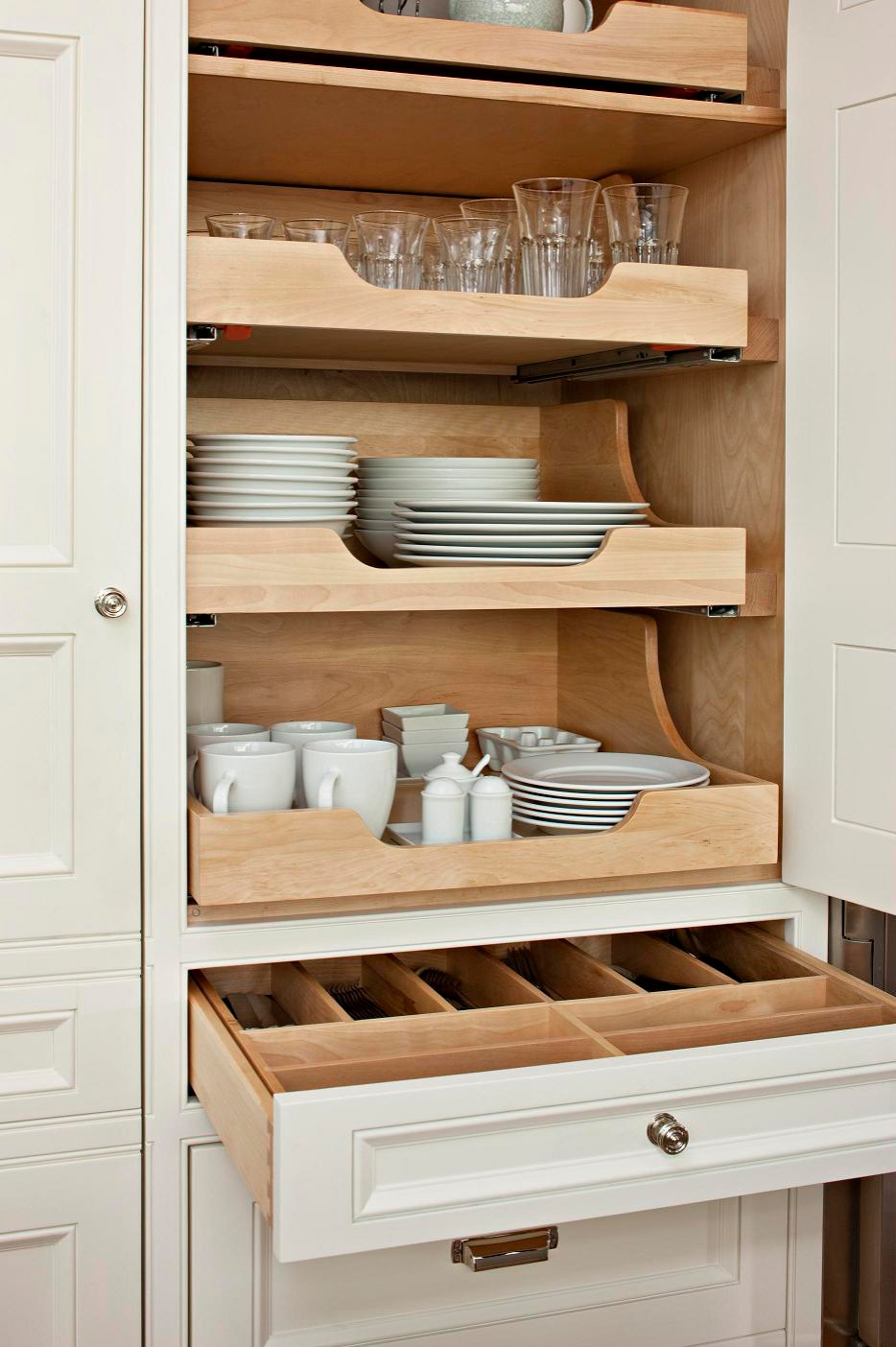
- Categorize by Dish Type: Group your dishes based on their type, such as everyday dishes, special occasion dishes, and servingware. This categorization will help you quickly locate the specific type of dish you need for a particular occasion.
- Dedicated Sections: Allocate specific sections or areas within your Hoosier cabinet for each dish type. This ensures that similar items are stored together, making it easier to find what you need when you need it. For example, reserve one section for dinner plates, another for dessert plates, and a separate section for bowls.
- Clear Labels: Use clear labels or tags to designate each section for a specific type of dish. This adds clarity and ensures that everyone in the household knows where each type of dish belongs, making it easier to maintain the organization system.
- Accessibility: Consider the frequency of use when deciding where to place each type of dish. Store frequently used dishes within easy reach, preferably at eye level or in the most accessible sections of the cabinet. Less frequently used dishes can be placed in higher or lower areas.
- Stackability: Take into account the stackability of your dishes when organizing by type. Some dishes may be stackable, while others may require more space due to their shape or size. Consider using plate racks or dividers to keep stacked dishes secure and prevent them from leaning or toppling over.
- Specialty Items: If you have specialty items or dishes that are used specifically for certain occasions or holidays, designate a separate section or shelf for them. This way, they can be easily accessed and stored separately when not in use.
-
Consider Dishware Sets: If you have complete dishware sets, keep them together in one section of the cabinet. This ensures that all the pieces of a set are readily available and eliminates the need to search for matching items when setting the table.
Storage Accessories
Incorporating storage accessories into your Hoosier cabinet can greatly enhance its functionality and help you maintain an organized dish arrangement. Here are some key points to consider when utilizing storage accessories:
- Drawer Organizers: Utilize drawer organizers within your Hoosier cabinet to keep smaller items, such as saucers, teacups, or utensils, neatly separated and easily accessible. These organizers can be customized to fit the size and shape of your drawers, maximizing space and preventing items from shifting or becoming tangled.
- Plate Protectors: To prevent scratches and chips, place plate protectors or felt pads between stacked plates. These soft liners act as a barrier and cushion delicate dishes, ensuring that they remain in good condition while stored in the cabinet.
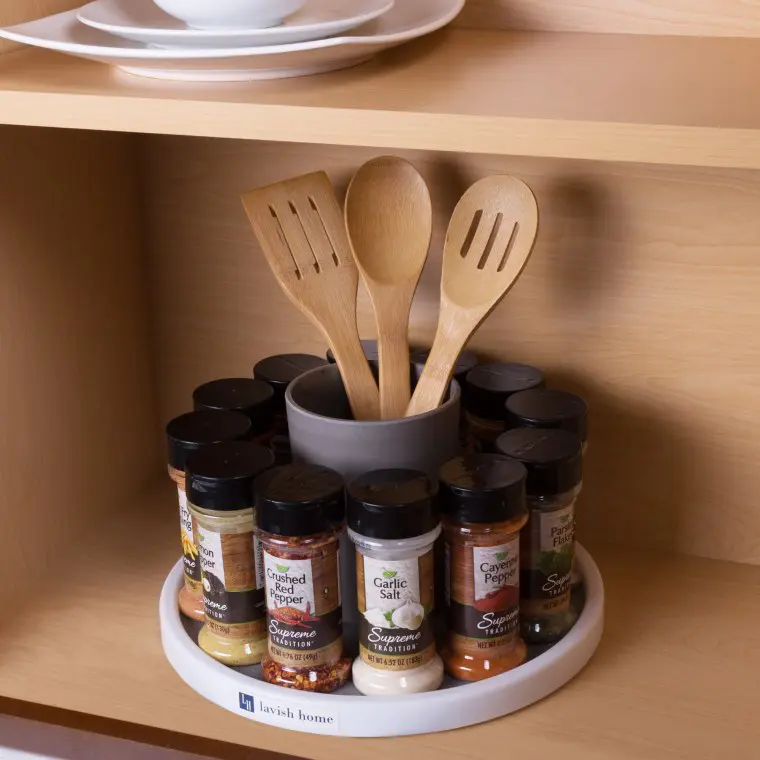
- Lid Organizers: Install lid organizers or dividers to store pot and pan lids vertically. This saves space and makes it easier to find the desired lid without rummaging through a stack of lids. These organizers can be affixed to the inside of cabinet doors or integrated into shelves to optimize space utilization.
- Utensil Holders: Incorporate utensil holders or caddies to keep your flatware neatly organized and readily available. These holders can be placed in drawers or attached to the inside of cabinet doors. They help prevent utensils from becoming tangled and make it easier to locate the specific utensil you need while cooking or setting the table.
- Spice Racks or Shelves: If your Hoosier cabinet has additional storage space, consider installing spice racks or shelves. These accessories are perfect for organizing and displaying spices, oils, and other small kitchen essentials. They keep these items within reach while adding a decorative element to the cabinet.
- Tray Dividers: If your Hoosier cabinet has a section specifically designed for trays or cutting boards, consider incorporating tray dividers. These dividers keep trays and cutting boards upright and separated, making them easier to retrieve and preventing them from sliding or scratching against each other.
-
Hanging Hooks: Install hooks on the inside or outside of cabinet doors to hang aprons, oven mitts, or frequently used utensils. This helps free up space within the cabinet while keeping these items easily accessible and within arm’s reach.
Maintaining the Organization
Maintaining an organized Hoosier cabinet is essential for long-term functionality and ease of use. Here are some key points to consider when it comes to maintaining the organization of your dishes:
- Regular Maintenance: Dedicate some time on a regular basis to declutter and reorganize your Hoosier cabinet. This ensures that dishes remain in their designated places and that any damaged or unnecessary items are promptly removed. Regular maintenance also allows you to assess if any adjustments or improvements are needed in your organization system.
- Rotation of Dishes: To prevent unused dishes from gathering dust, consider periodically rotating your dish collection. Take out the dishes you rarely use and replace them with ones you use more frequently. This not only keeps your cabinet organized but also ensures that all of your dishes are used and maintained properly.
- Clean and Dust: Regularly clean and dust the interior of your Hoosier cabinet to keep it looking fresh and maintain the cleanliness of your dishes. Use a gentle cleaner or a solution of warm water and mild soap to wipe down surfaces. Avoid using harsh chemicals or abrasive cleaners that may damage the wood finish.
Conclusion
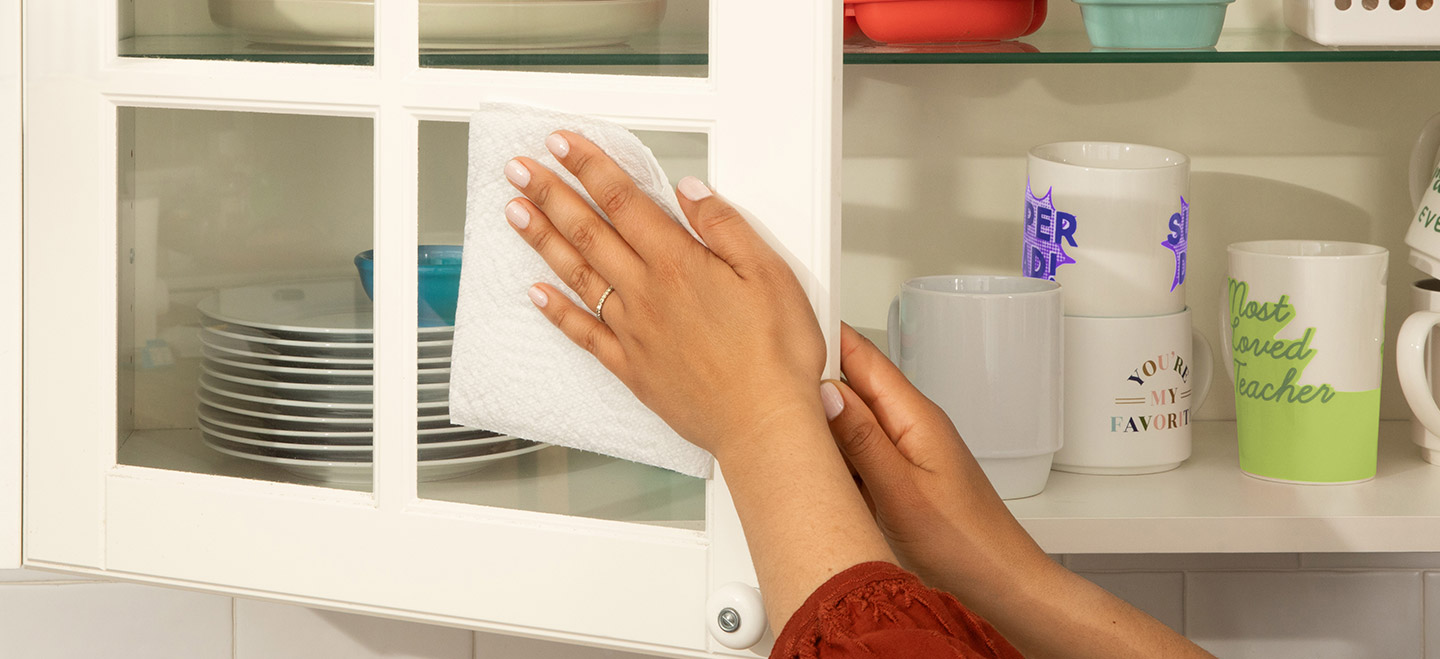
Organizing dishes in a Hoosier cabinet is not only about maximizing storage space but also creating an efficient and visually appealing arrangement. By assessing your dish collection, utilizing cabinet space effectively, organizing by type, and incorporating storage accessories, you can maintain a neat and accessible dish organization system. Regular maintenance and occasional rotation of dishes will help keep your Hoosier cabinet organized and make meal preparation and table setting a breeze. With these strategies in place, you can enjoy the beauty and functionality of your Hoosier cabinet while effortlessly accessing your dishes whenever needed.

